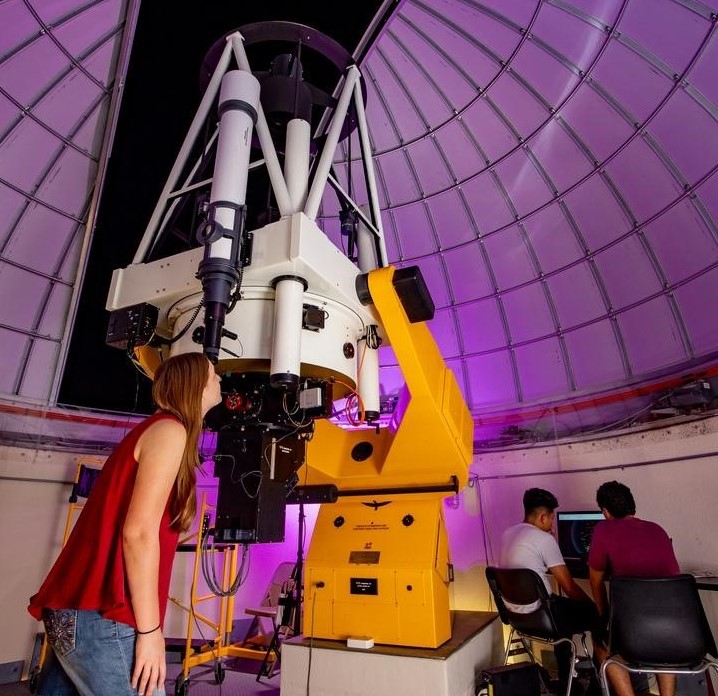Document Type
Article
Publication Title
The Astronomical Journal
Abstract
The white dwarf mass-radius relationship is fundamental to modern astrophysics. It is central to routine estimation of DA white dwarf masses derived from spectroscopic temperatures and gravities. It is also the basis for observational determinations of the white dwarf initial-final-mass relation. Nevertheless, definitive and detailed observational confirmations of the mass-radius relation (MRR) remain elusive owing to a lack of sufficiently accurate white dwarf masses and radii. Current best estimates of masses and radii allow only broad conclusions about the expected inverse relation between masses and radii in degenerate stars. In this paper, we examine a restricted set of 12 DA white dwarf binary systems for which accurate (1) trigonometric parallaxes, (2) spectroscopic effective temperatures and gravities, and (3) gravitational redshifts are available. We consider these three independent constraints on mass and radius in comparison with an appropriate evolved MRR for each star. For the best-determined systems it is found that the DA white dwarfs conform to evolve theoretical MRRs at the 1σ to 2σ level. For the white dwarf 40 Eri B (WD 0413–077) we find strong evidence for the existence of a "thin'' hydrogen envelope. For other stars improved parallaxes will be necessary before meaningful comparisons are possible. For several systems current parallaxes approach the precision required for the state-of-the-art mass and radius determinations that will be obtained routinely from the Gaia mission. It is demonstrated here how these anticipated results can be used to firmly constrain details of theoretical mass-radius determinations.
DOI
10.1088/0004-6256/143/3/68
Publication Date
3-2012
Recommended Citation
Holberg, Jay B.; Oswalt, Terry D.; and Barstow, M A., "Observational Constraints On The Degenerate Mass-Radius Relation" (2012). Aerospace, Physics, and Space Science Faculty Publications. 234.
https://repository.fit.edu/apss_faculty/234


